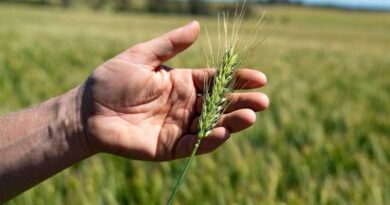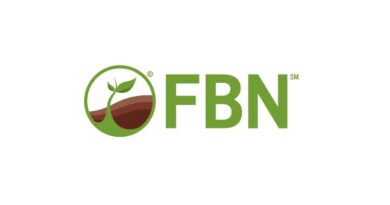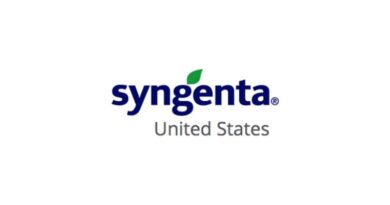NVT harvest reports capture latest variety information for WA growers
07 April 2023, AU: Growers and advisers across Western Australia can now access the latest independent varietal information with the release of the Grains Research and Development Corporation (GRDC) National Variety Trials (NVT) Harvest Reports from the 2022 season.
The Harvest Reports contain up-to-date disease ratings, grain quality results and yield rankings from the 197 NVT trials in WA, which are part of a network of 650 trials nationally.
GRDC NVT Regional Manager – West, Isabelle Rogers, says the reports contain the past five years of results for every NVT trial across Australia and are one of the most important channels for providing varietal data to the public.
“Covering the entire NVT network of trials, the reports are designed to complement the state-based Sowing Guides, which are published prior to harvest,” Ms Rogers says.
“They’re a useful decision-making tool, underpinning selection of varieties that offer the best fit for individual farming systems and growing environments.”
The five western region reports are for Albany port zone; Geraldton port zone; Kwinana West port zone; Esperance port zone; and Kwinana East port zone.
Data from successful 2022 NVT trials has been fed into a multi-year, multi-environment trial (MET) variety performance analysis.
“These multi-year datasets for all crops and growing regions provide the most valuable information to support decision making around what to sow each year,” Ms Rogers says.
“The new Harvest Reports feature the very latest NVT results from the 2022 harvest that has been generated using these datasets.”
Results and analysis from the trials harvested in 2022 across the nation can also be viewed at NVT Online.
The NVT program evaluates near-release or released varieties each year, providing independent, consistent, timely and robust comparative data of commercially available grain varieties.
“NVT represents a significant logistical undertaking, evaluating varieties for the 10 major crop types – wheat, barley, canola, chickpea, faba bean, field pea, lentil, lupin, oat and sorghum – within trials across the country,” Ms Rogers says.
“Conducted to a set of predetermined protocols, trials are sown and managed to reflect local best practice, such as sowing time, fertiliser application, weed management, pest and disease control and fungicide application.”
The largest co-ordinated field trial network of its kind in the world, NVT is fully administered by GRDC on behalf of Australian grain growers and the Australian Government.
Planning for the NVT program for 2023 is well underway, with the number of trials across the nation expected to remain at 650.
Ms Rogers says that off the back of two good years in WA, grower sentiment heading into the season was positive, but continued high input costs meant that varietal selection for optimal yield, grain quality and best disease resistance was top of mind for growers and advisers.
“In the current environment, selecting the best varieties for your farming system and local climate conditions is essential,” Ms Rogers says.
Growers and advisers are encouraged to base their variety decisions on not just yield results but also grain quality results and disease resistance ratings, both of which are produced by the NVT program.
“Simply focusing on yield does not provide growers with a reliable indication of which varieties may potentially offer the best returns – the quality of the grain harvested and ability to withstand disease pressure are also important factors.”
Besides accessing the Harvest Reports, growers can view trial data from their region via a clickable map and access tools such as the Long-Term Yield Reporter and NVT Disease Ratings.
Also Read: G20 India: 2nd ADM of the Agriculture Working Group held in Chandigarh
(For Latest Agriculture News & Updates, follow Krishak Jagat on Google News)















